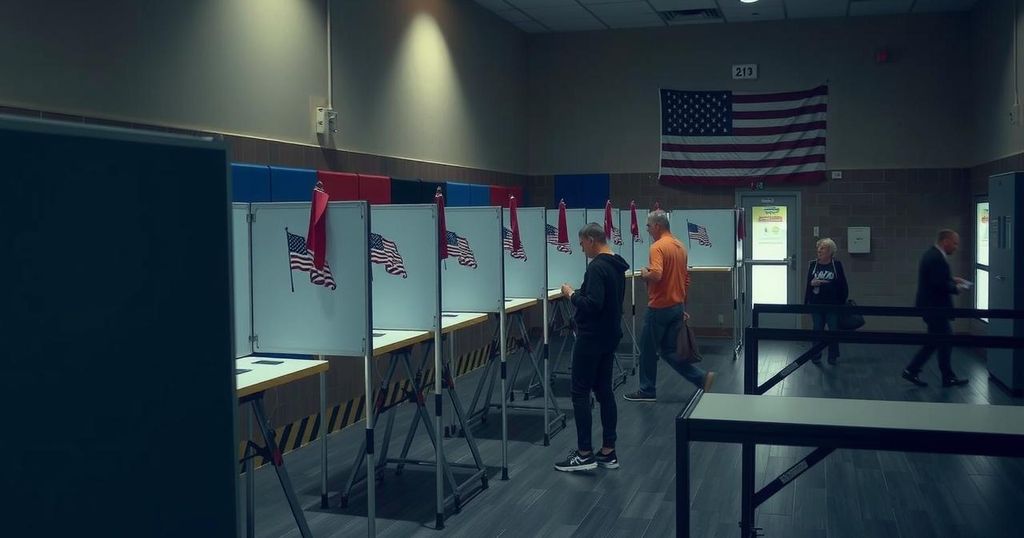Sixteen days before the November election, early in-person voting shows a notable balance between likely Republican and Democratic voters, a record high for Republicans in recent cycles. However, Democrats still lead significantly in mail-in ballots, demonstrating established voting patterns from previous years.
As of 16 days prior to the upcoming November election, the number of early in-person votes cast by likely Republican voters has reached a notable parity with those cast by likely Democratic voters. This marks a significant increase in Republican early voting compared to previous election cycles from 2021 to 2023. However, it is important to highlight that likely Democratic voters continue to dominate in mail-in ballots, maintaining a consistent advantage of over two-to-one, reflecting patterns observed in prior elections. The information regarding early voting reflects a snapshot of electoral engagement and can offer insights into the potential outcomes of the election. For a comprehensive overview, including details on early voting by locality, individuals may refer to VPAP’s Early Voting Dashboard. It is significant to note that Virginia does not necessitate voter registration by party affiliation, and ballots are only officially counted on Election Day. The estimates of party affiliation for voters are derived by matching voter IDs in the Virginia Daily Absentee List with data compiled by L2 Political, a firm that applies an algorithm based on factors such as historical participation in primary elections and demographic data. Estimates for the year 2020 were not included due to data constraints that resulted in an excess of ‘Unknown’ categorizations exceeding 20%.
The dynamics of early voting play a crucial role in the electoral process, particularly in Virginia, where early in-person and mail-in voting are key indicators of voter engagement. This year’s data reveals the evolving landscape of voter participation and strategic mobilization by both major political parties. Understanding the trends in early voting can be instrumental in predicting electoral outcomes and gauging the overall political climate leading up to the November election.
In conclusion, the latest early voting statistics reveal a striking convergence between likely Republican and Democratic in-person voters, indicative of a shifting electoral landscape. Despite Republicans gaining ground in early in-person voting, Democrats maintain significant dominance in mail-in ballots. These trends underscore the importance of monitoring voter engagement as the election approaches, which may provide pivotal insights into the electorate’s preferences.
Original Source: www.vpap.org






